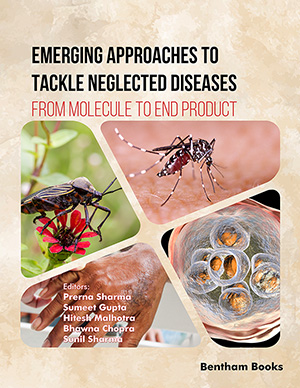
Abstract
Anthrax is primarily a disease of herbivores and the etiological agent is B. anthracis which is a gram-positive, aerobic, spore-forming, and rod shaped bacterium. Bacillus anthracis spores are highly resistant to heat, pressure, ultraviolet and ionizing radiation, chemical agents and disinfectants. For these reasons, B. anthracis spores are an attractive choice as biological agents for the use of bioweapon and/or bioterrorism. Soil is the main reservoir for the infectious agent. The disease most commonly affects wild and domestic mammals. Human are secondarily infected by contact with infected animals and contaminated animal products or directly expose to B. anthracis spores. Anthrax occurs worldwide. This infection is still endemic or hyperendemic in both animals and humans in some part of areas of the world; particularly in Middle East, West Africa, Central Asia, some part of India, South America. However, some countries are claiming free of anthrax, and anthrax has become a re-emerging disease in western countries with the intentional outbreak. Currently, anthrax is classified according to its setting as (1) naturally occurring anthrax, (2) bioterrorism-related anthrax. Vast majority of human anthrax are occurring as naturally occurring anthrax in the world. It is also a threaten disease for western countries. The aim of this paper is to review the relevant patents, short historical perspective, microbiological and epidemiological features, clinical presentations and treatment.
Keywords: Anthrax, bioterrorism-related anthrax, clinic presentations, epidemiology, naturally occurring anthrax, treatment.
 122
122 29
29 1
1 1
1






















